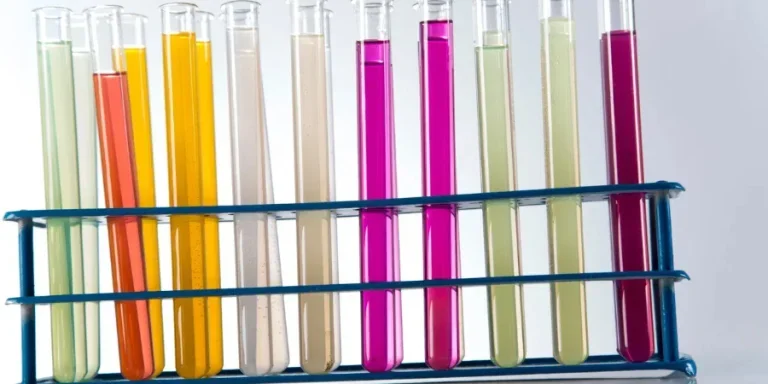Us Proposes Curbing the Use of Hfc-152A and Hfc-134A in Aerosol Sprays
On July 10, 2024, the US Consumer Product Safety Commission (CPSC) introduced a draft rule to ban aerosol dusters containing over 18 milligrams of either 1,1-Difluoroethane (HFC-152a) or 1,1,1,2-Tetrafluoroethane (HFC-134a). Pending CPSC Commission approval, this rule, scheduled for review on July 31, will take effect 30 days after final regulations are published, following public consultation.
Us Proposes Curbing the Use of Hfc-152A and Hfc-134A in Aerosol Sprays Read More »














